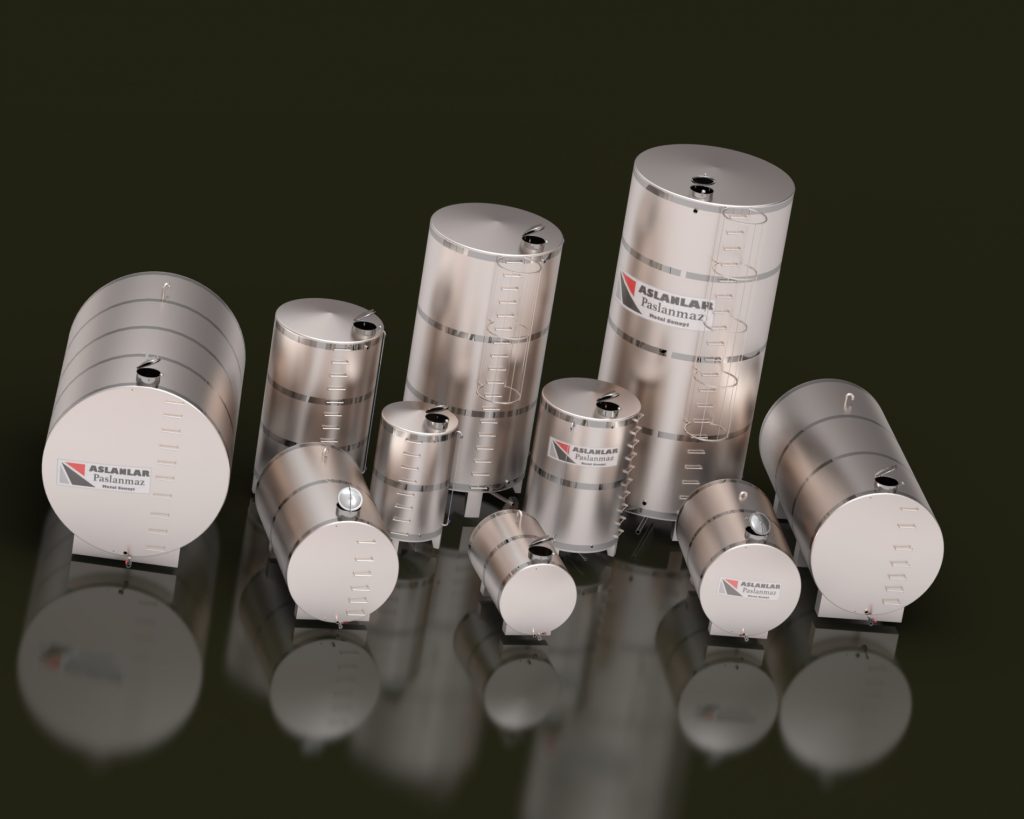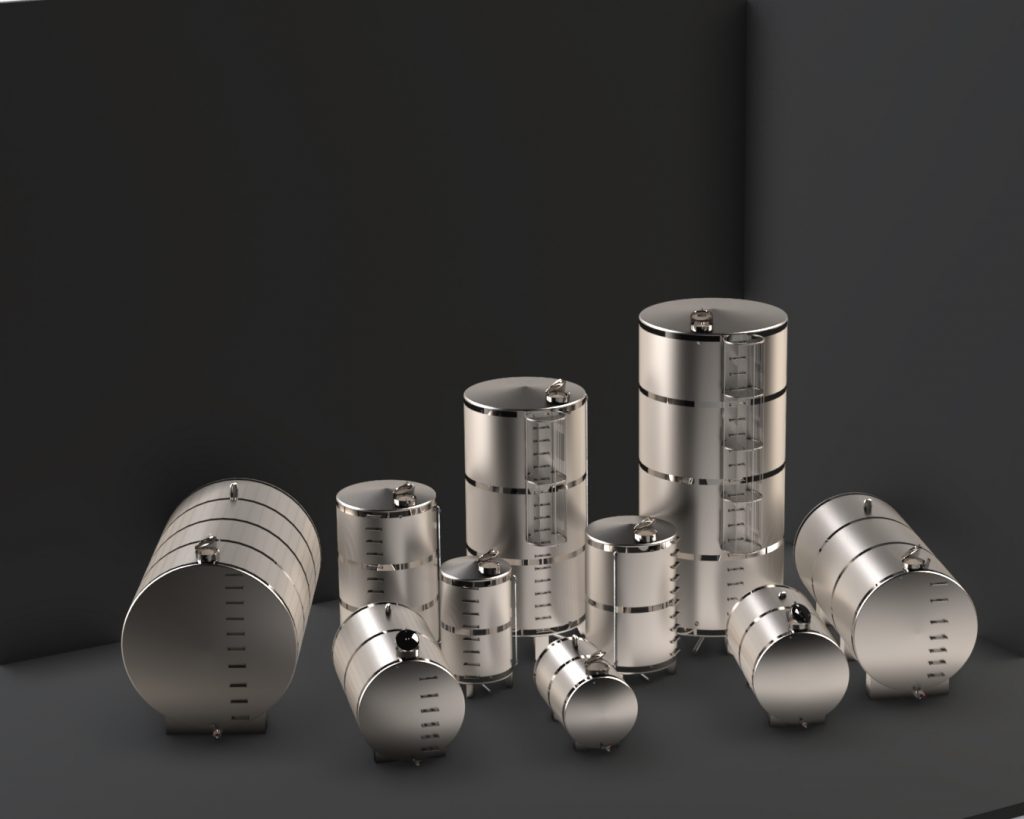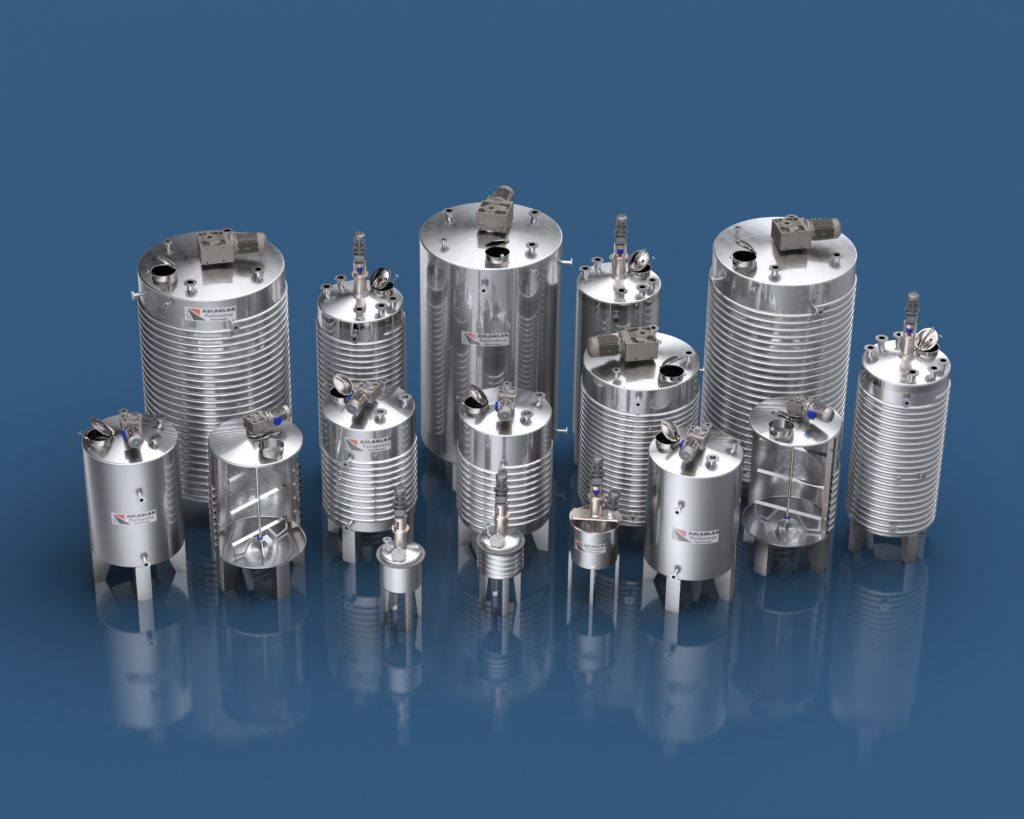How to Clean and Maintain Stainless Water Tanks? Stainless steel water tanks are widely used due to their durability, resistance to corrosion, and ability to keep water clean for long periods. However, without regular cleaning and maintenance, even the best …
Read More






